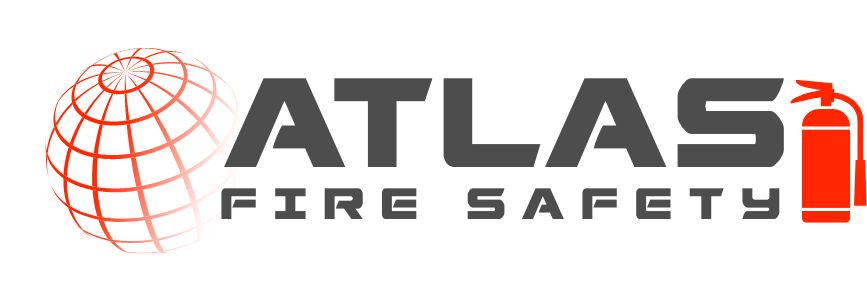Fire Extinguisher inspection, service & replacement
Ensuring the safety of a business and its employees is paramount, and one of the critical aspects of this safety is the regular testing, inspection, and maintenance of fire extinguishers. In New South Wales (NSW), Australia, adhering to the standards and laws related to fire safety is not just a matter of compliance but a necessity for safeguarding lives and property.
Why Regular Servicing is Essential
Fire extinguishers are the first line of defence in the event of a fire. They can significantly reduce or eliminate the degree of injury, damage, and cost associated with small fires. However, their effectiveness is contingent upon their condition. Regular servicing ensures that fire extinguishers are fully operational when needed. The servicing process includes checks for accessibility, anti-tamper devices, exterior condition, service tags, external damage, corrosion, outlet hose assembly, pressure indicators, full charge of contents, signage, support brackets, and discharge nozzles.
Legal Requirements in NSW, Australia
In NSW, businesses are legally required to have fire extinguishers inspected and serviced every six months by a qualified person, as mandated by the Environmental Planning and Assessment Regulation 2000. This regulation ensures that fire extinguishers are maintained in a way that guarantees their full operational capacity in case of a fire.
Professional Inspection and Servicing Process
A professional fire safety technician performs a series of checks and services on fire extinguishers. This includes:
Visual Inspection:
Checking the extinguisher for any signs of physical damage, corrosion, or leakage.
Pressure Check:
Ensuring that the extinguisher is fully charged and the pressure gauge is within the operable range.
Weight Verification:
The extinguisher is weighed to ensure it contains the correct amount of extinguishing agent.
Safety Seals and Tamper Indicators:
Checking that safety seals and tamper indicators are intact.
Inspection of Hose and Nozzle:
Making sure the hose and nozzle are not blocked and are in good condition.
Tagging and Record Keeping:
After inspection, the extinguisher is tagged with the date of inspection and details of the service provider. This tag serves as a record of maintenance and is crucial for compliance.
Scheduled Servicing
The Australian Standards (AS1851-2012) dictate the frequency and nature of servicing:
Six-Monthly Inspections: Basic checks to ensure functionality.
Annual Inspections: A more detailed check and servicing.
Five-Yearly Inspections: Involves pressure testing and refilling.
Book An Inspection Now
Choosing the Right Extinguisher
The type of extinguisher is determined by the nature of potential fire hazards present. Different classes of fires require specific types of extinguishers, and it’s crucial to have the correct type installed. For example, water extinguishers are unsuitable for kitchen fires, where a wet chemical extinguisher might be necessary.
Atlas Fire Safety’s professional fire safety technicians, not only perform the necessary checks and maintenance but also provide expert advice on the type and placement of fire extinguishers. They ensure compliance with Australian Standards and help businesses make informed decisions about their fire safety equipment.
